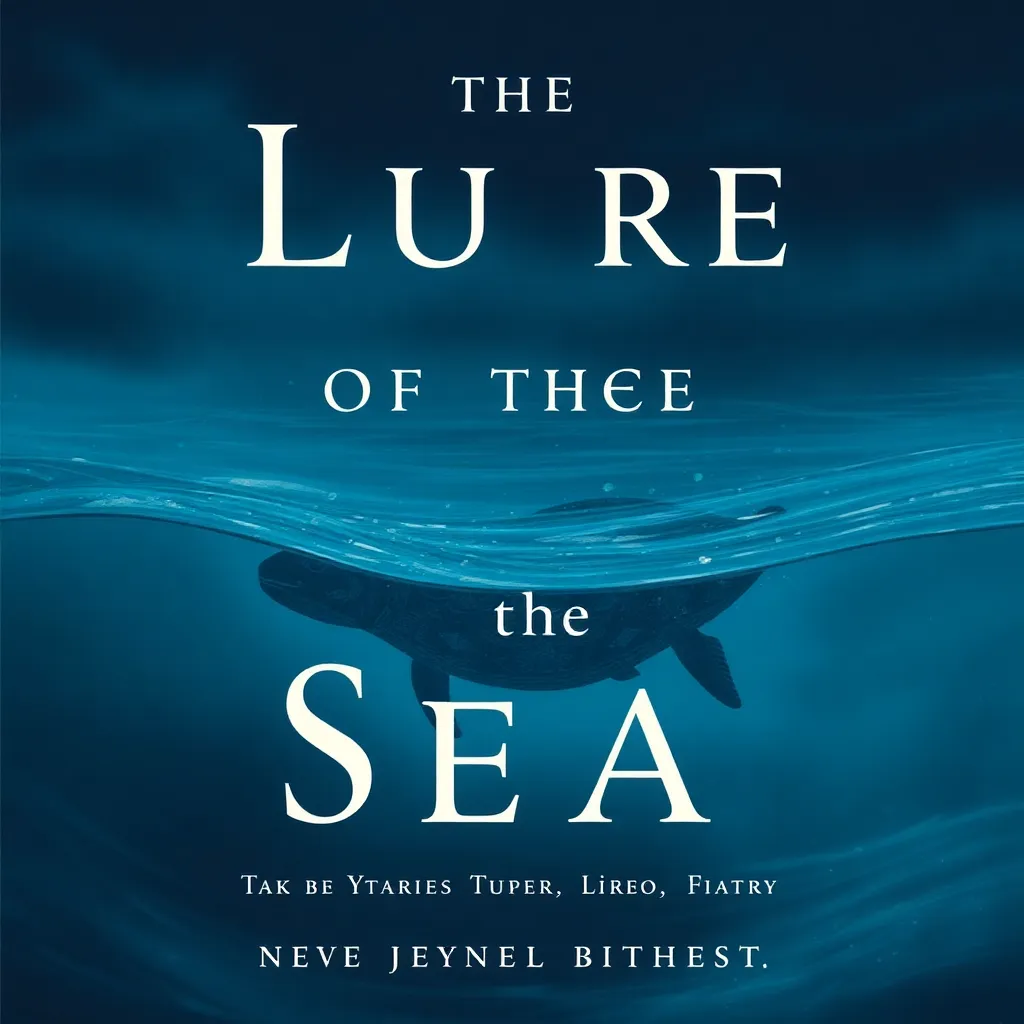The Lure of the Sea: Selkie Stories of Love, Loss, and Identity
I. Introduction
Selkies are mythical creatures found in the folklore of Celtic cultures, particularly in Scotland and Ireland. They are said to be seals that can shed their skins to become human. This unique transformation allows selkies to inhabit both the sea and land, embodying the duality of existence. The tales of selkies are rich with themes of love, loss, and identity, often depicting the profound emotional connections between humans and these enchanting beings.
The significance of the sea in selkie stories cannot be overstated. It serves as both a backdrop and a character in itself, representing the allure and danger of the unknown. The ocean’s vastness mirrors the complexities of human emotions, making selkie tales timeless and universally relatable.
II. The Mythology of Selkies
Historically, selkie lore is rooted in the myths and legends of Celtic cultures, where they were often depicted as tragic figures caught between two worlds. Their stories highlight the connection between humans and nature, as well as the consequences of disrupting that harmony.
Selkies are characterized by their ability to transform from seals into humans by shedding their skin. This transformation is not just physical; it symbolizes the deeper themes of identity and belonging. In their seal form, selkies are free and boundless, while in human form, they experience the complexities of love and loss.
In comparisons to other water-related mythological beings, selkies share similarities with mermaids and naiads, yet their narratives tend to focus more on human emotions and the bittersweet nature of love. While mermaids often lure sailors to their doom, selkies evoke a sense of longing and nostalgia, emphasizing the fragility of human connections.
III. Love and Longing in Selkie Narratives
At the heart of many selkie tales are poignant love stories between humans and selkies. These narratives often explore the challenges of loving someone who exists in two worlds. For instance, a human may fall in love with a selkie, only to discover that their beloved longs for the sea, creating an emotional rift.
The symbolism of the sea plays a crucial role in these narratives, acting as both a barrier and a bridge. It represents the divide between the two lovers, yet it also serves as a connection point, emphasizing the deep emotional ties that bind them. The sea, with its waves and tides, reflects the ebb and flow of their relationship, capturing the essence of both joy and heartache.
Many selkie stories delve into the emotional connections and sacrifices involved in these relationships. Humans often face the heart-wrenching decision of whether to hold onto their selkie lovers or let them return to the ocean, highlighting the complexities of love and the pain of separation.
IV. Themes of Loss and Separation
One of the most profound impacts of selkie transformation is the effect it has on human relationships. When a selkie sheds their skin to become human, they leave behind their aquatic world, which can lead to feelings of abandonment and loss.
Stories often depict the longing for the sea, where the selkie feels a sense of belonging. This longing creates a poignant tension in the narrative, as the selkie grapples with their dual identity. Humans, too, are left to mourn the loss of their beloved’s true self, leading to themes of grief and yearning.
Culturally, selkie experiences reflect a broader commentary on loss and separation. They encapsulate the universal feelings of yearning and the pain that comes from loving someone who cannot fully belong to the human world.
V. Identity and Transformation
Selkie stories poignantly explore the duality of human and selkie identities. The transformation from seal to human raises questions about the nature of self and belonging. Selkies often find themselves torn between two worlds, embodying the struggle of many individuals who feel alienated in their own lives.
These tales resonate with themes of belonging and alienation, as selkies navigate their identities in a world that often fails to understand them. The search for acceptance is a common thread in selkie narratives, reflecting the human experience of seeking a place to call home.
Moreover, selkie stories mirror personal journeys of self-discovery, emphasizing the importance of embracing one’s true nature. The act of shedding a skin symbolizes not only a physical transformation but also the liberation of one’s authentic self.
VI. Modern Interpretations of Selkie Tales
In contemporary literature and media, selkie narratives have undergone a transformation, evolving to reflect modern sensibilities and social issues. Authors and filmmakers have reimagined these stories to address themes such as environmentalism, identity politics, and the complexities of love in a globalized world.
Modern interpretations often infuse selkie lore with new life, showcasing diverse perspectives and experiences. For example, some stories focus on the ecological impact of human actions on marine life, drawing parallels between the selkie’s plight and real-world environmental concerns.
Additionally, contemporary retellings frequently explore issues of gender and sexuality, using the selkie myth to challenge traditional narratives and highlight the fluidity of identity. These reinterpretations ensure that selkie tales remain relevant and resonate with today’s audiences.
VII. The Sea as a Character
The sea itself plays a vital role in shaping the narratives of love and loss in selkie stories. It is more than just a setting; it is a character that influences the emotions and actions of the characters involved. The ocean’s unpredictability mirrors the tumultuous nature of love and the complexities of human relationships.
Symbolically, the ocean represents the depths of identity formation. Just as the sea is vast and ever-changing, so too are the identities of the characters who inhabit these stories. The sea serves as a source of both danger and allure, encapsulating the dual nature of love—its capacity to both uplift and devastate.
VIII. Conclusion
Selkie stories continue to captivate audiences with their enduring themes of love, loss, and identity. Their rich mythology offers a glimpse into the human experience, allowing us to explore our deepest emotions and connections.
These tales remind us of the complexities of love and the pain of separation, while also celebrating the journey of self-discovery. In understanding the intersection of love, loss, identity, and the sea, we find not only a reflection of our own lives but also a timeless narrative that speaks to the heart of what it means to be human.



